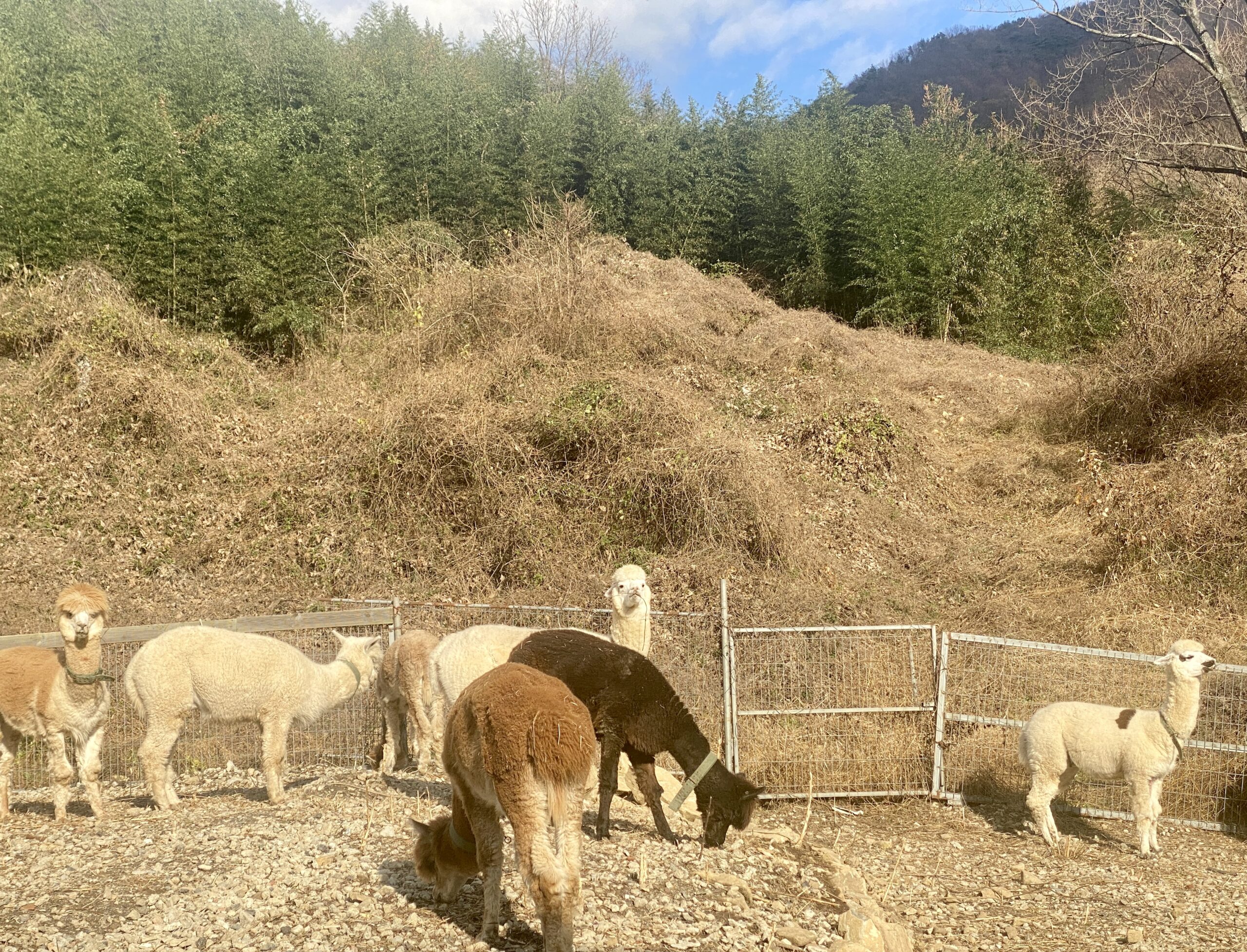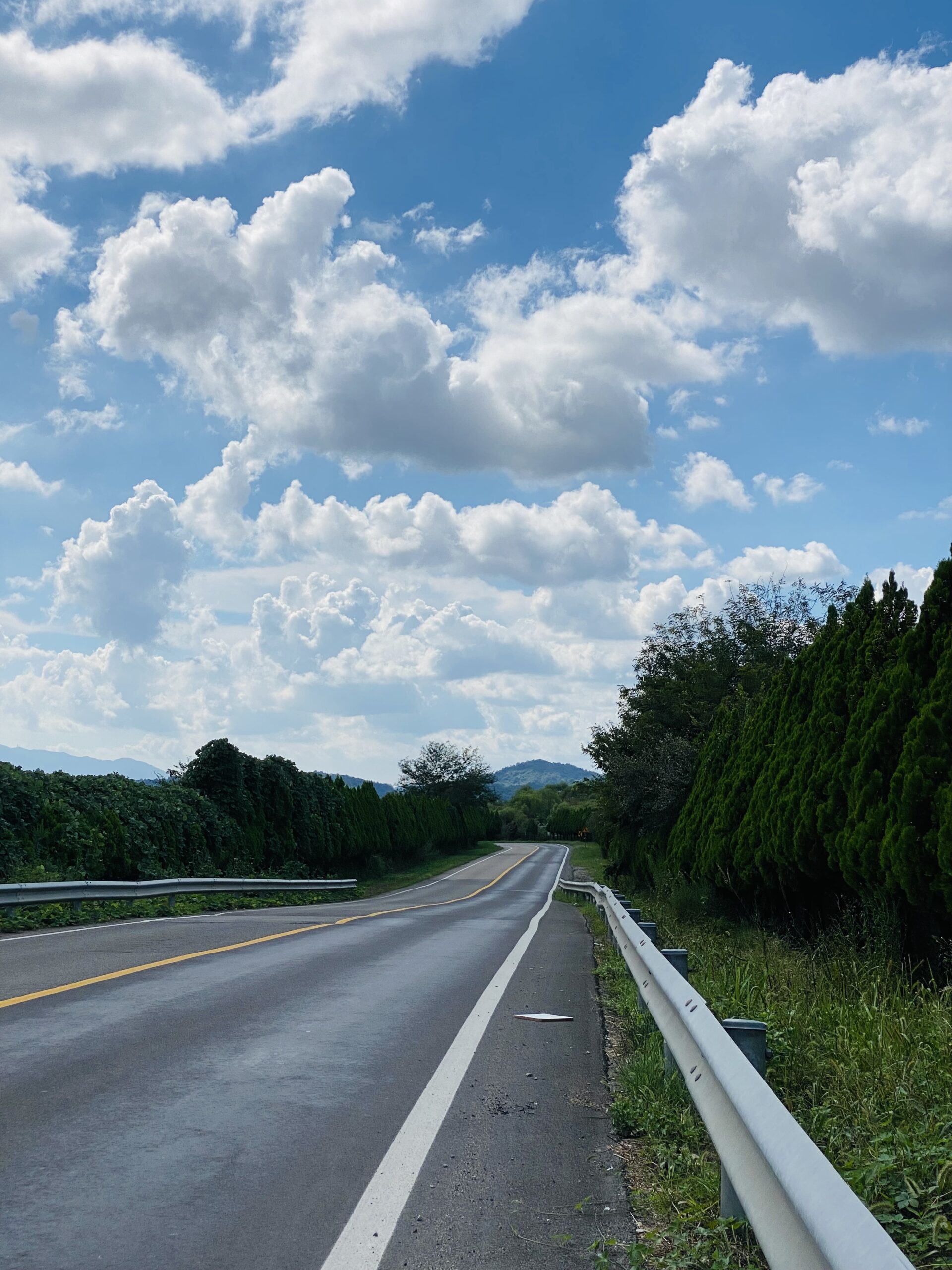The Man Behind the Flowers
Photos by Joe Wabe and courtesy of Kim Taek-gon
In his book, “Stop for a While, Take a Look at It,” Kim Taek-gon has collected 50 newspaper columns detailing 50 different types of flowers inhabiting Hampyeong Ecological Park. This collection, amassed from a weekly column he wrote for the Maeil Daily Paper, includes pictures, summaries, and anecdotes about the park’s flowers.
Little wonder that Kim loves his work as a botanical officer of Hampyeong Ecological Park and the Gwangju-Jeonnam Forest Interpreters’ Association. Some of his many responsibilities at the park include landscape maintenance, species management, breeding research, as well as the operation of a children’s program, a partnership program for restoring plants, and a self-restoration program focused on individual healing and relaxation. According to his research, Kim states that the park is home to over 1000 different species of plants, 400 of which happen to be endangered.
Although the main focus of Kim’s book is the flowers and plants, the park is known to many as an insect refuge.
“There are not only orchids and plants, but a specimen pavilion for learning about butterflies and insects,” said Kim. In fact, the park features individual centers for oriental orchids, wild orchids, aerides and common calanthes.
Although the park is abundant in attractions involving plants and insects, Kim said that the Asiatic Black Bear is one of the more talked about features of the park. According to Kim, “The bear is a first-grade endangered animal and there are 15 in the park. They stand up to feed out of people’s hands and sway their bodies from side to side.”
The park is also home to a mini-zoo and an amusement park, favorites to elementary school children. During one festival, children visiting the park are sent on a “mission” that involves seeking out particular plants in order to win flower pots they can use later for their own plants. Additionally, kindergarteners have a chance to see a filming location of the popular children’s television program on KBS, “Hutos.”
While most people will say spring is the best time to visit, Kim likes to think that the park can be appreciated anytime of the year. “Summer comes with this green and fresh verdure. In fall the foliage is beautiful and there are paths between chrysanthemums. Winter has migratory birds perched on a large lake and white snow on the bony branches. So, you can see, there is natural beauty in all four seasons.”
Another good reason to visit the park, Kim said, is for personal healing. “We often need to heal ourselves in nature to relieve stress caused by city life. The Eco-park is a perfect place to relax. Green colors, sounds of moving water and birds.” Aside from 11 exhibits and other educational venues, the park has a number of picnic areas and open spaces to relax.
Kim’s love of the flowers in the park make choosing a favorite difficult. “It is the hardest question to answer! I love an adonis in snow, a primrose with fur clothes in early spring, a bleeding heart, a bellflower looking like a welcoming lantern, a deep blue colored hydrangea in the hot summer, a tiger lily, a bunch of Siberian chrysanthemum, an arctic daisy smiling even as strong as the sea wind, and a camellia flower already fallen. If you took the time to look at them, you would love them all, surely.”
Whether you are already a nature-lover or are simply looking to get away from the industrial buzz, Hampyeon Eco-park is a great opportunity to share some of the experiences that have brought Kim joy in his work.
The park is open everyday except on Mondays and a select number of holidays, from 9 a.m. to 6 p.m. They have English speakers ready to take calls.
You can learn more about the park and how to make a trip here: http://ecopark.or.kr
Hampyeong Ecological Park
1398-77 Hakdong-ro, Daedong-myeon, Hampyeong County, South Jeolla
Open Daily from 9 a.m – 6 p.m/ closed on Mondays
Adults 5,000 won/ Youth 3,000 won/ Children 2,000 won
Ph: 061-320-3514





